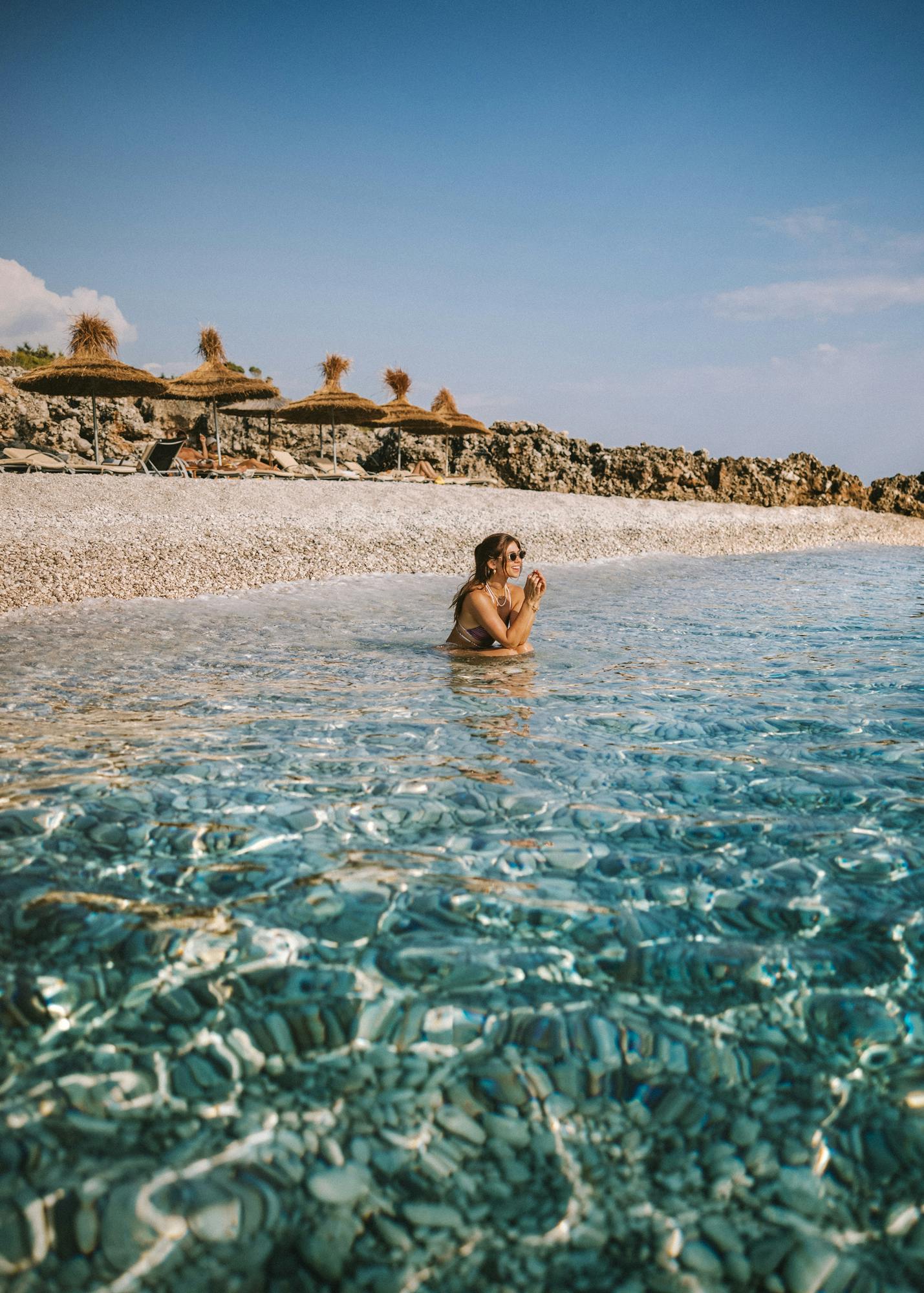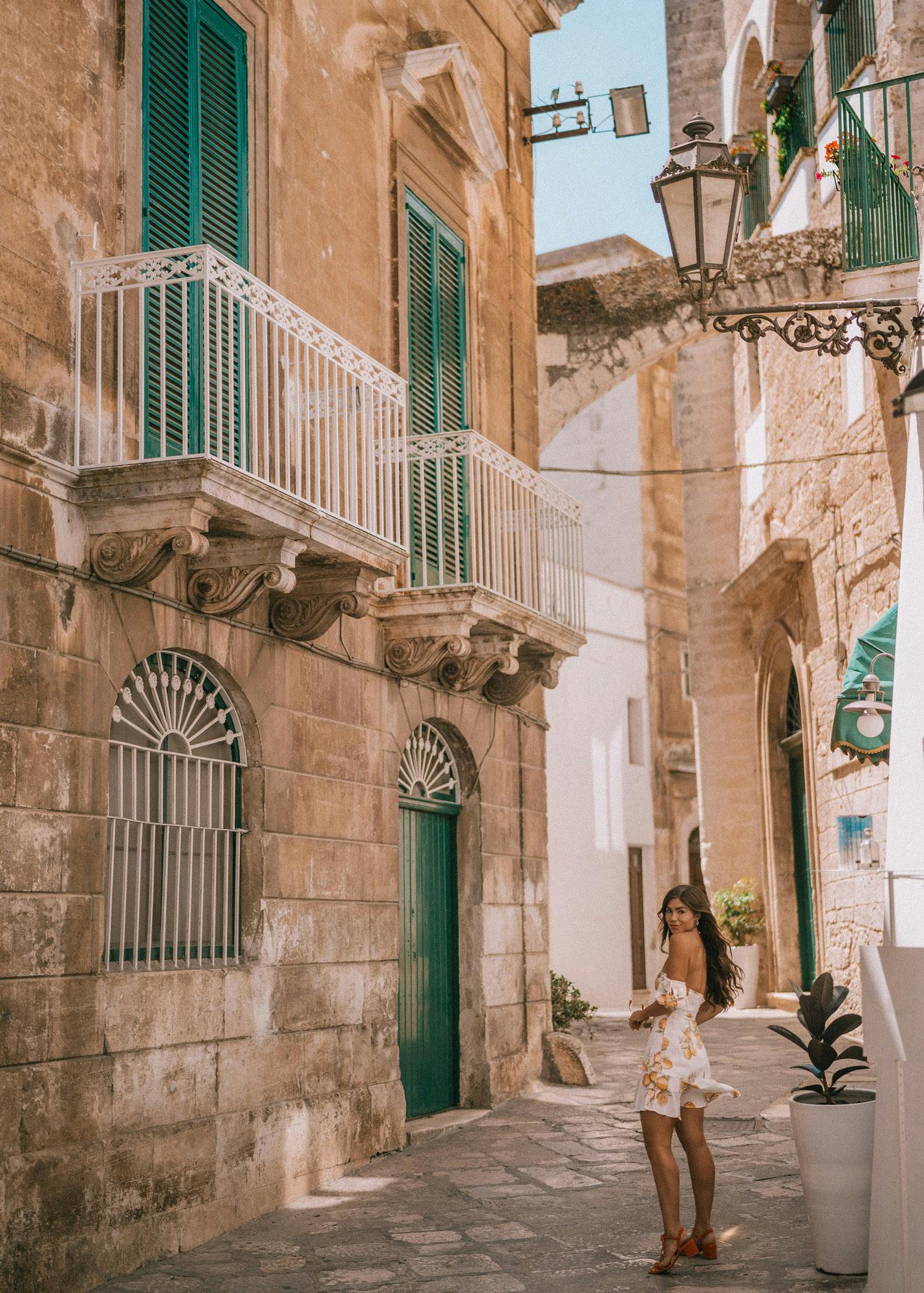Europe’s Best-Kept Secrets: 10 Luxury Destinations That Remain Hidden Gems
Luxury in Europe isn’t always found in the penthouse suites of Paris or the yachts of the Amalfi Coast. It’s often tucked quietly between stone villages, beneath olive trees, or along cliffside roads where there are no crowds, no cruise ships, and no velvet ropes - only space to breathe, eat exceptionally well, and soak in the kind of beauty that doesn't demand attention.
These seven destinations feel like Europe before the internet made everywhere and everything accessible. They're refined without being flashy, indulgent without excess, and best of all, still relatively under-the-radar.
1. Puglia, Italy - Olive Groves, Seaside Simplicity, and Quiet Opulence

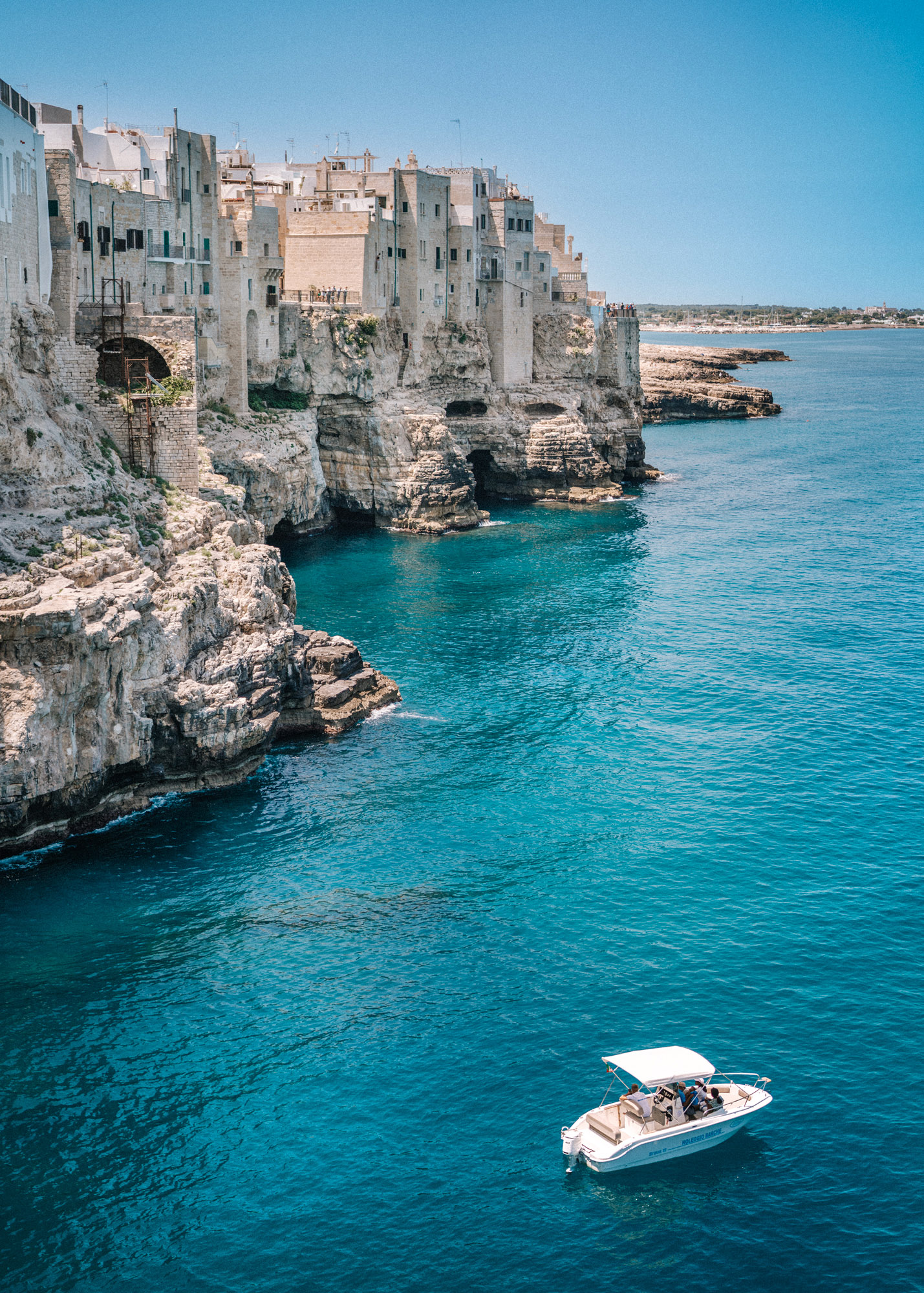
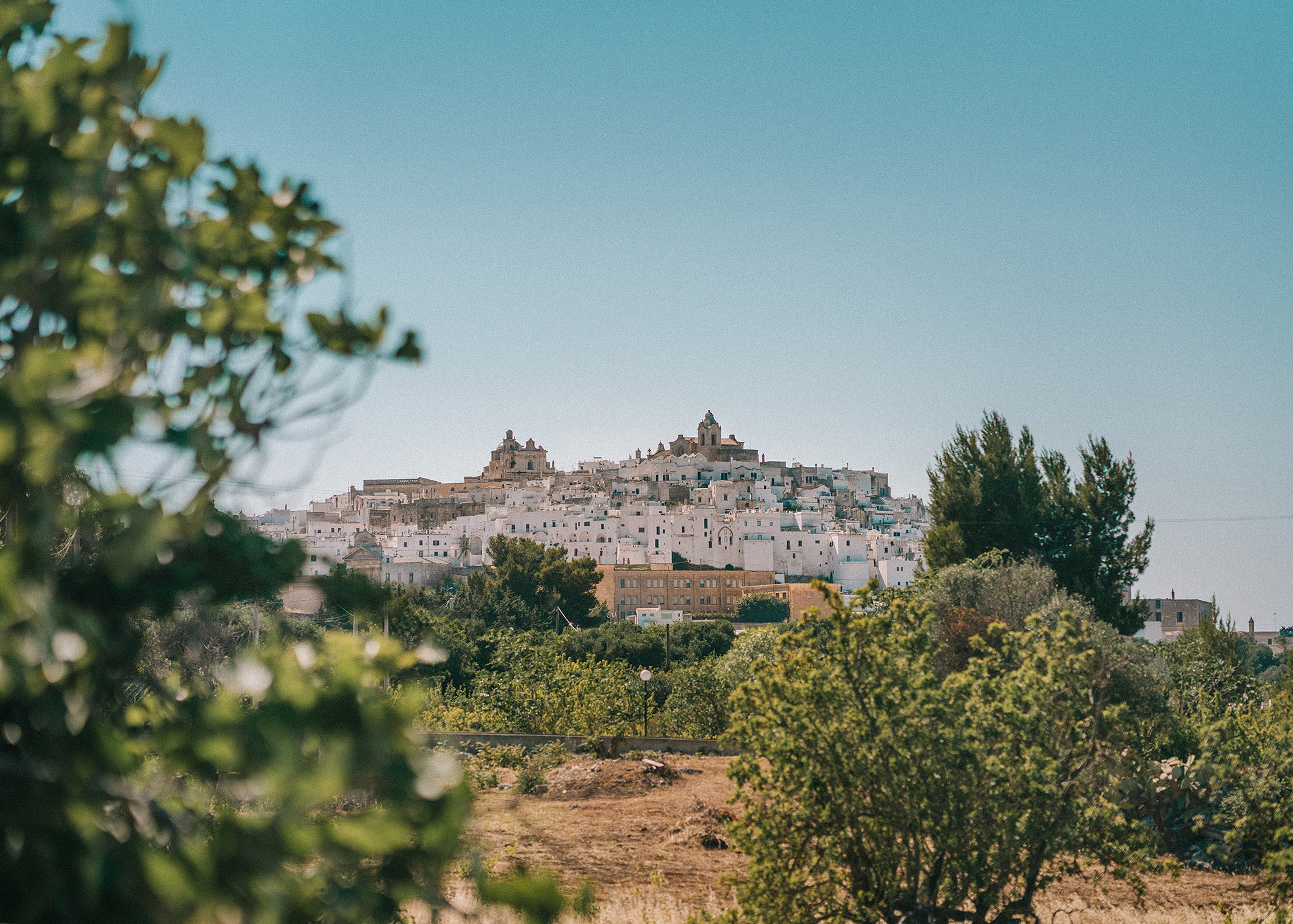
The region of Puglia stretches across the southeastern tip of Italy, forming the country’s stiletto-shaped heel. Known for its ancient olive groves, whitewashed hill towns, and limestone coastline along the Adriatic Sea, the region remains one of the least developed - and least crowded - parts of Italy. Its slower pace, historic architecture, and quietly beautiful landscapes offer a version of southern Italy that still feels authentic and remarkably unspoiled. While the area has slowly been gaining in popularity, the prices are still low, the streets are still authentic, and most travelers to the area are Italians from other regions, which is always a sign that a place is amazing. For travelers eager to stay connected while exploring remote villages and scenic coastlines, having an eSIM for Italy makes it easy to navigate without worrying about roaming charges or connectivity issues.
The real draw here isn’t a single city or site - it’s the rhythm of life. Days in Puglia are made for wandering through baroque Lecce, drinking espresso under the arches of Martina Franca, and driving narrow roads past endless dry-stone walls. The area is also quietly becoming one of the best regions for walking holidays Italy has to offer, with peaceful country trails, coastal paths, and historic towns built for meandering.
Stay in a masseria - fortified countryside estates now transformed into refined boutique hotels - where dinner is slow, wine is local, and the pool is framed by cypress and silence. The beaches of Salento, particularly the less crowded stretches near Torre dell'Orso and Punta Prosciutto, rival anything along the Amalfi coast, minus the spectacle and steep markup.
Puglia is where luxury slows down, strips back, and roots itself in the land.
See my Complete Puglia Travel Guide here
2. Perast, Montenegro - Bayfront Elegance Without the Hype
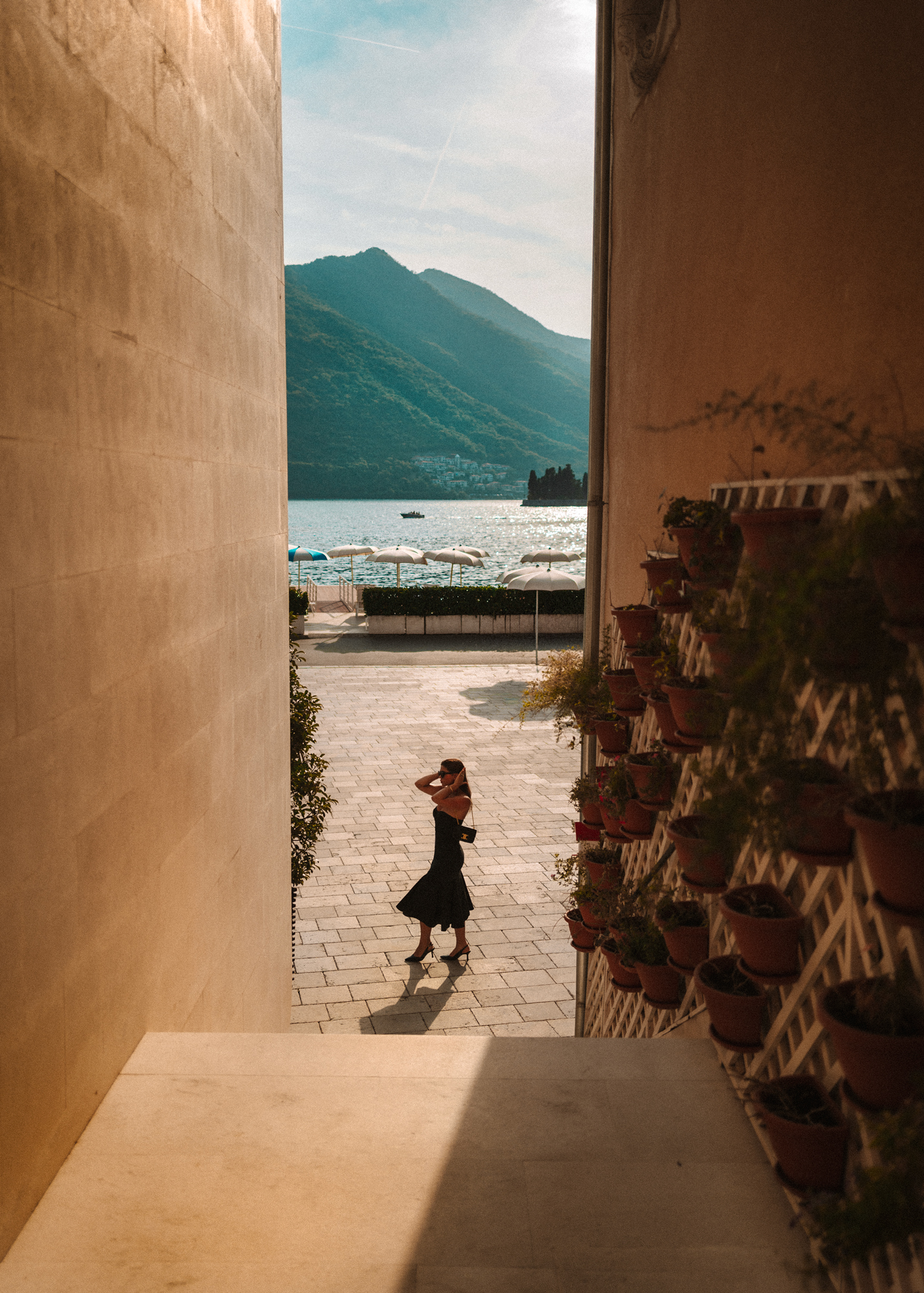
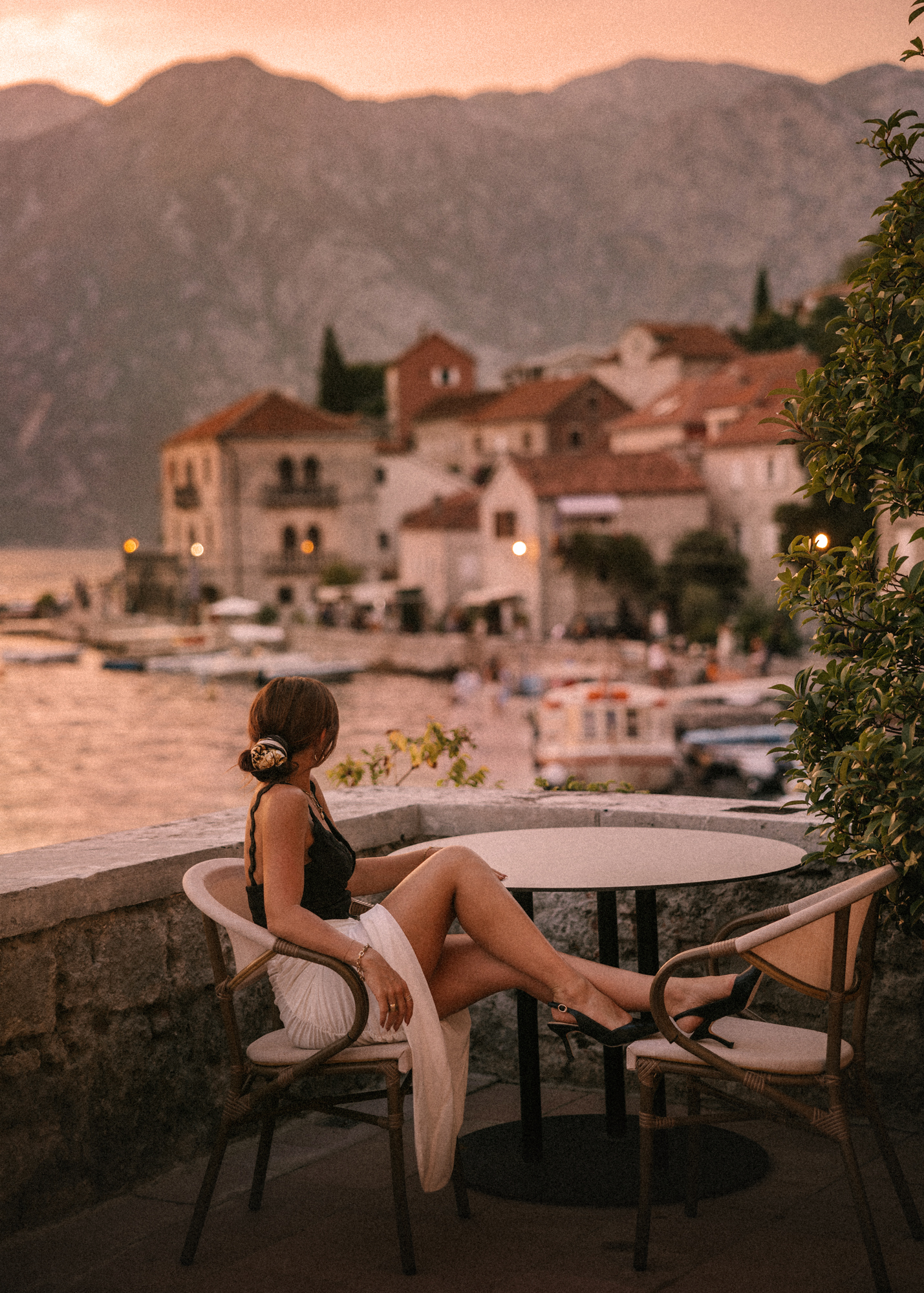
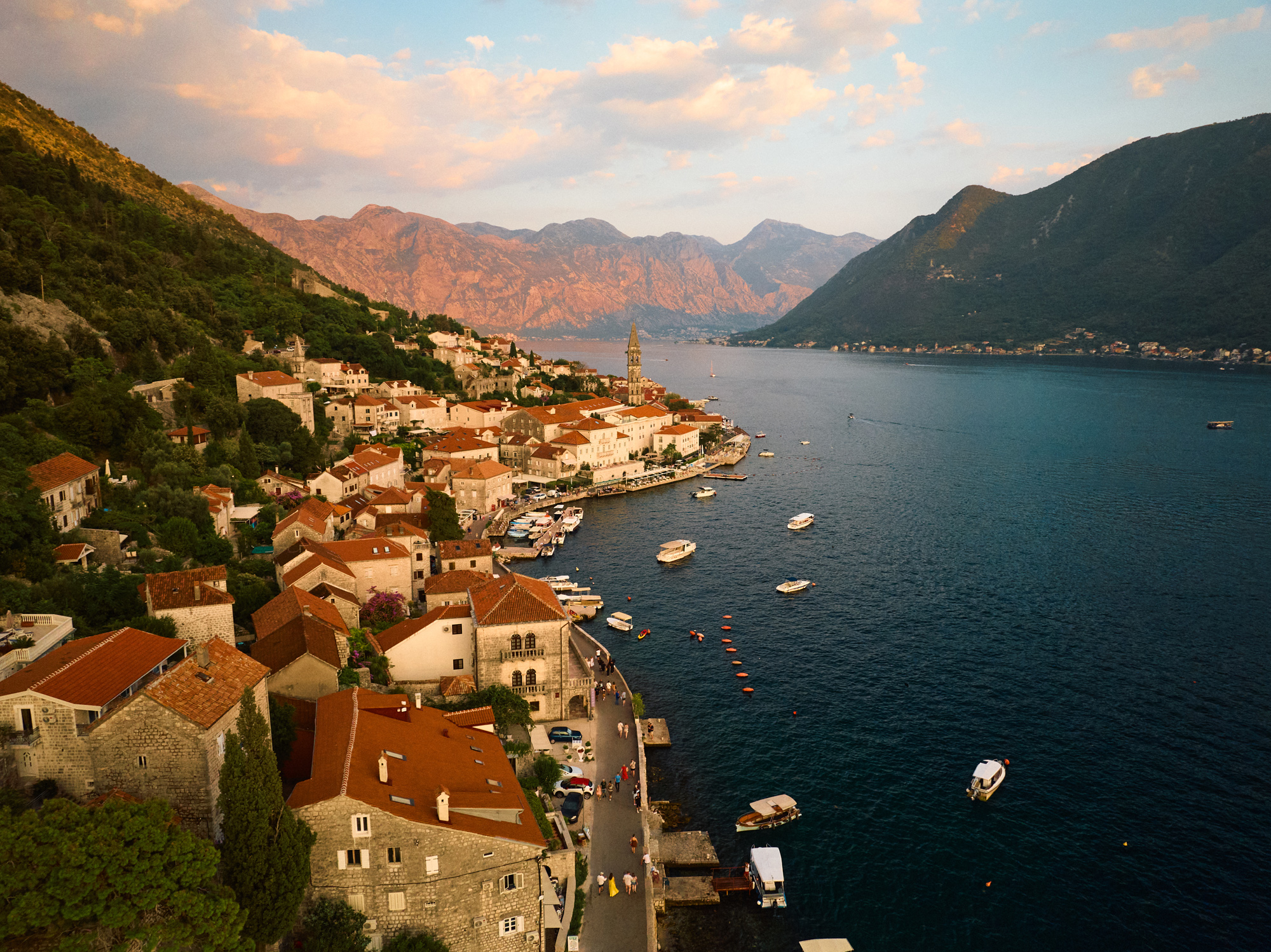
Just outside the buzz of Kotor, Perast is a single road town perched along Montenegro’s Bay of Kotor - arguably one of the most striking coastlines in Europe. With Venetian palazzos and crumbling churches framed by fjord-like cliffs, this place feels like a Mediterranean fever dream, with luxurious views reminiscent of Lake Como, for a fraction of the price.
There are no big resorts, no nightlife scene, no cruise terminal. Just baroque mansions turned guesthouses, quiet stone jetties for sunbathing, and long lunches that stretch into sunset, and a town that inspired a major part of James Bond, Casino Royale. Hire a boat to Our Lady of the Rocks, sip wine at Conte’s waterfront tables, and let the stillness undo you.
For travelers seeking a quiet base with high-end charm, Perast is Montenegro’s crown jewel.
See my Where to Stay in Montenegro Guide here
3. Dhermi, Albania - Rugged Beauty Meets Barefoot Luxury
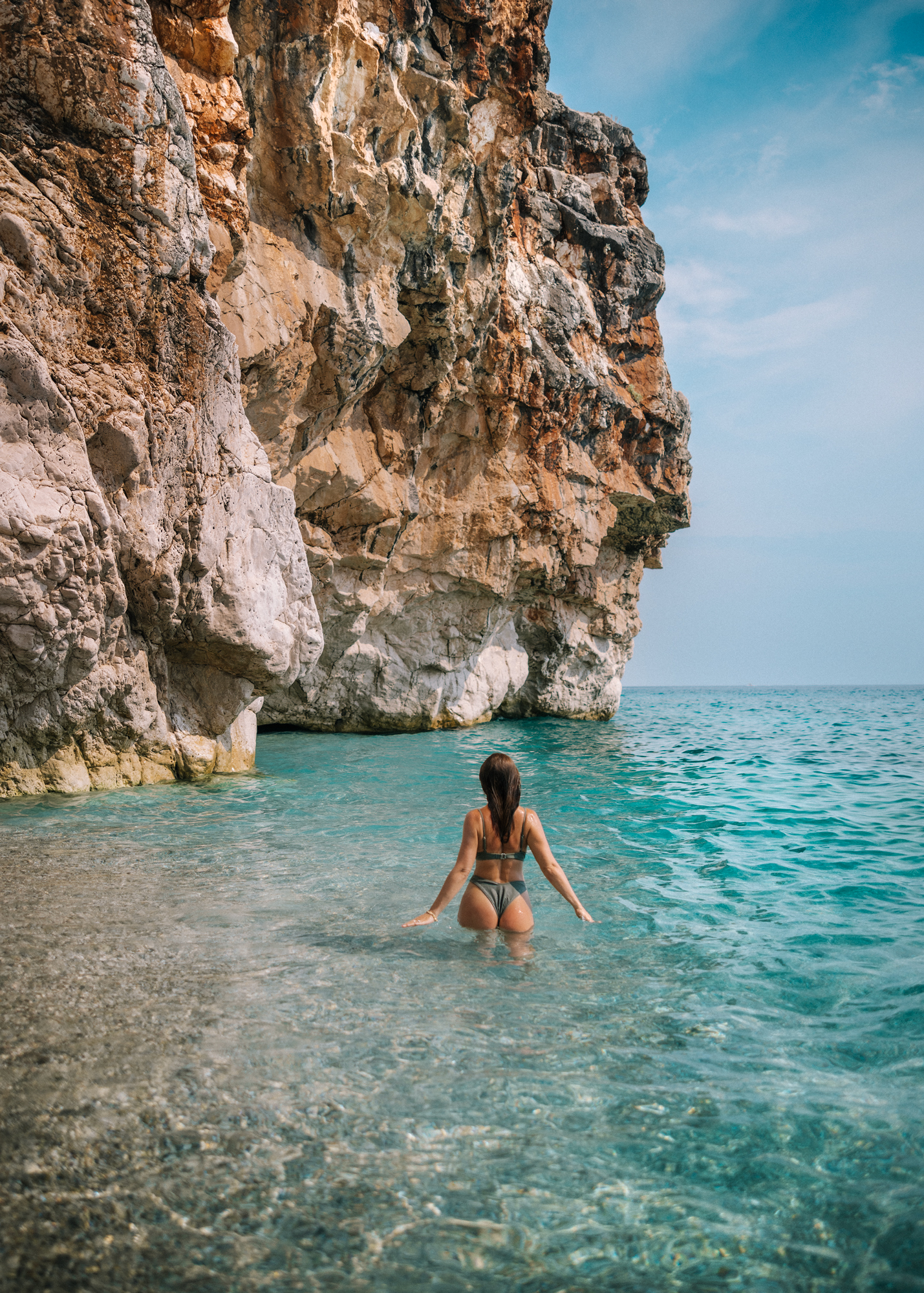
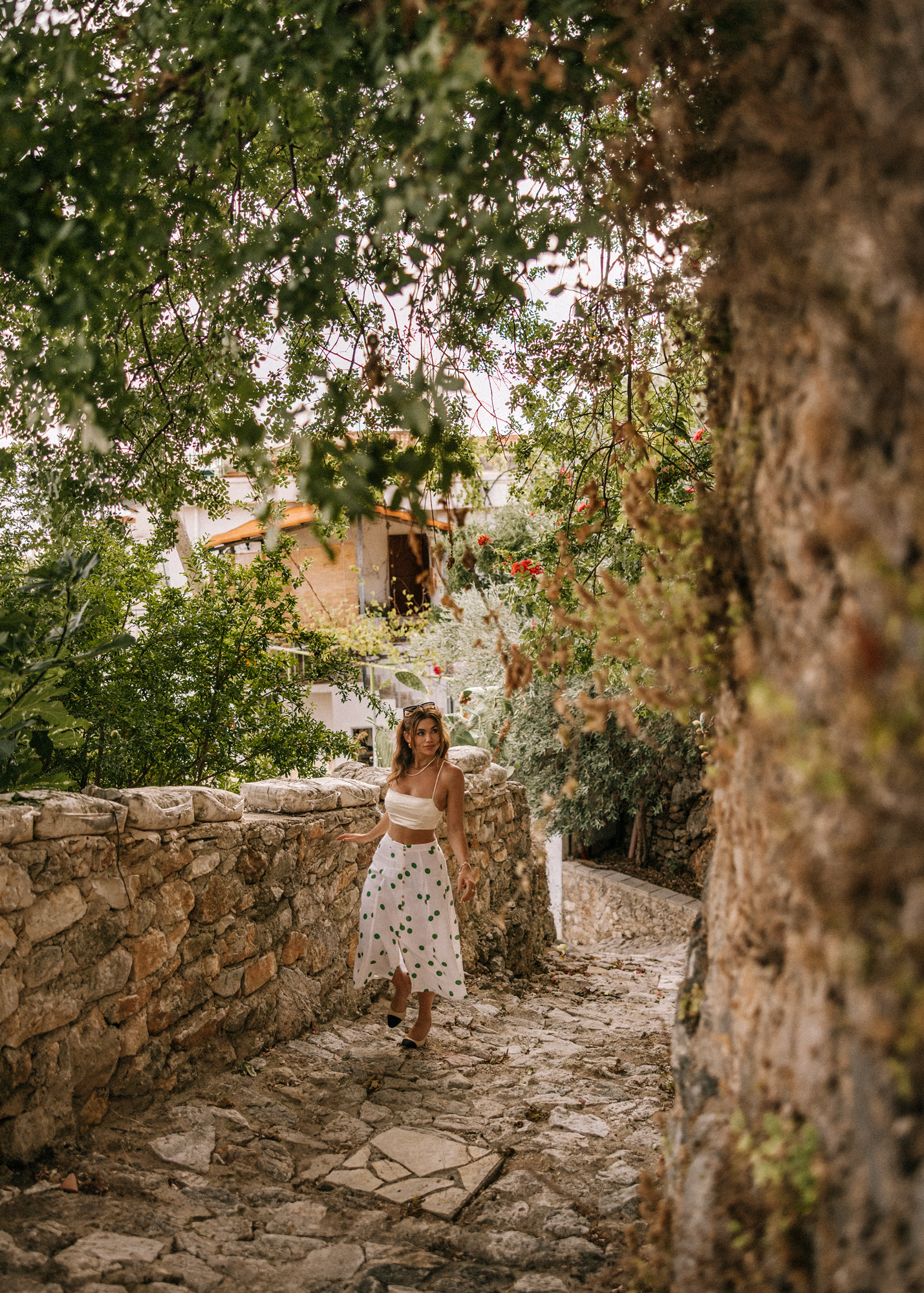

Albania has been primed to become a major European destination, stretching up the Mediterranean coastline between hot spots Croatia and Greece. On Albania’s southern coast, Dhermi is the kind of place that travel magazines are just starting to whisper about. Tucked between the dramatic cliffs of the Ceraunian Mountains and the Ionian Sea, this stretch of coast - part of the Albanian Riviera - is fast becoming one of Europe’s last under-the-radar summer escapes. Think crystal coves, winding cliffside roads, and open-air beach bars that feel more Greek Isles than Eastern Europe. And unlike the more touristy beaches of Ksamil and Sarande, Dhermi doesn't have a youth-hostel, backpacker party feel, but is much more peaceful.
While the infrastructure is still developing, that's part of the appeal. The main road that cuts through the mountains offers sweeping views at every turn, and many of the best beaches - like Drymades and Palasa - are accessed by unpaved tracks that keep crowds at bay. Boutique villas are starting to dot the hills, serving slow seafood dinners and chilled local white wines like Shesh i Bardhë, with terraces that overlook the Ionian at golden hour.
The water here is some of the clearest in the Mediterranean - turquoise, glassy, and untouched. Ideal for long swims, paddleboarding, or chartering a boat to hidden coves with no one else in sight. You’ll still find a few backpacker spots and loud beach clubs, but there's a new wave of low-key luxury moving in: minimalist architecture, farm-to-table menus, and saltwater infinity pools built into limestone cliffs.
Read my full Albania Road Trip Itinerary and Travel Guide here.
4. Milos, Greece - Cycladic Charm Without the Chaos

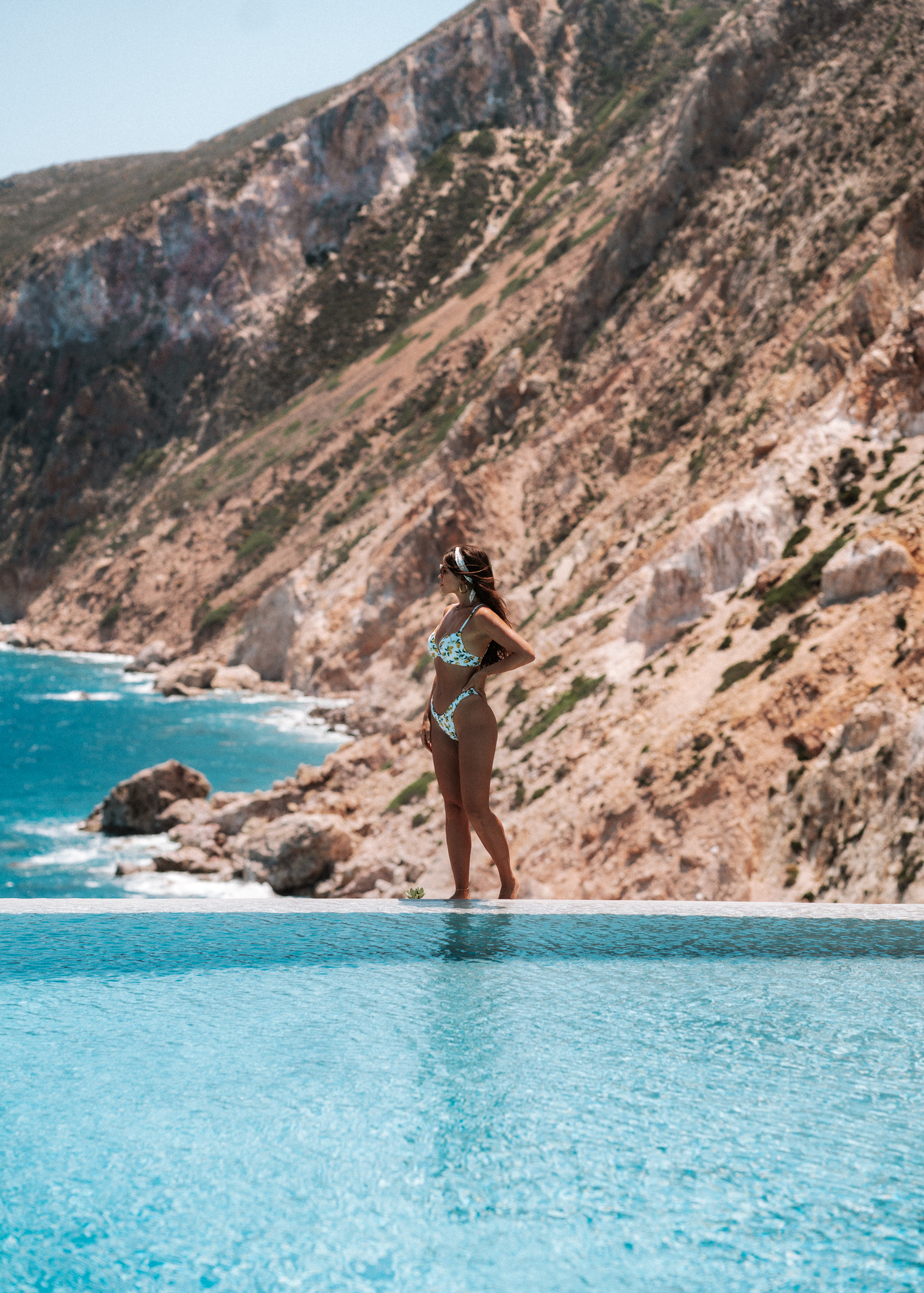
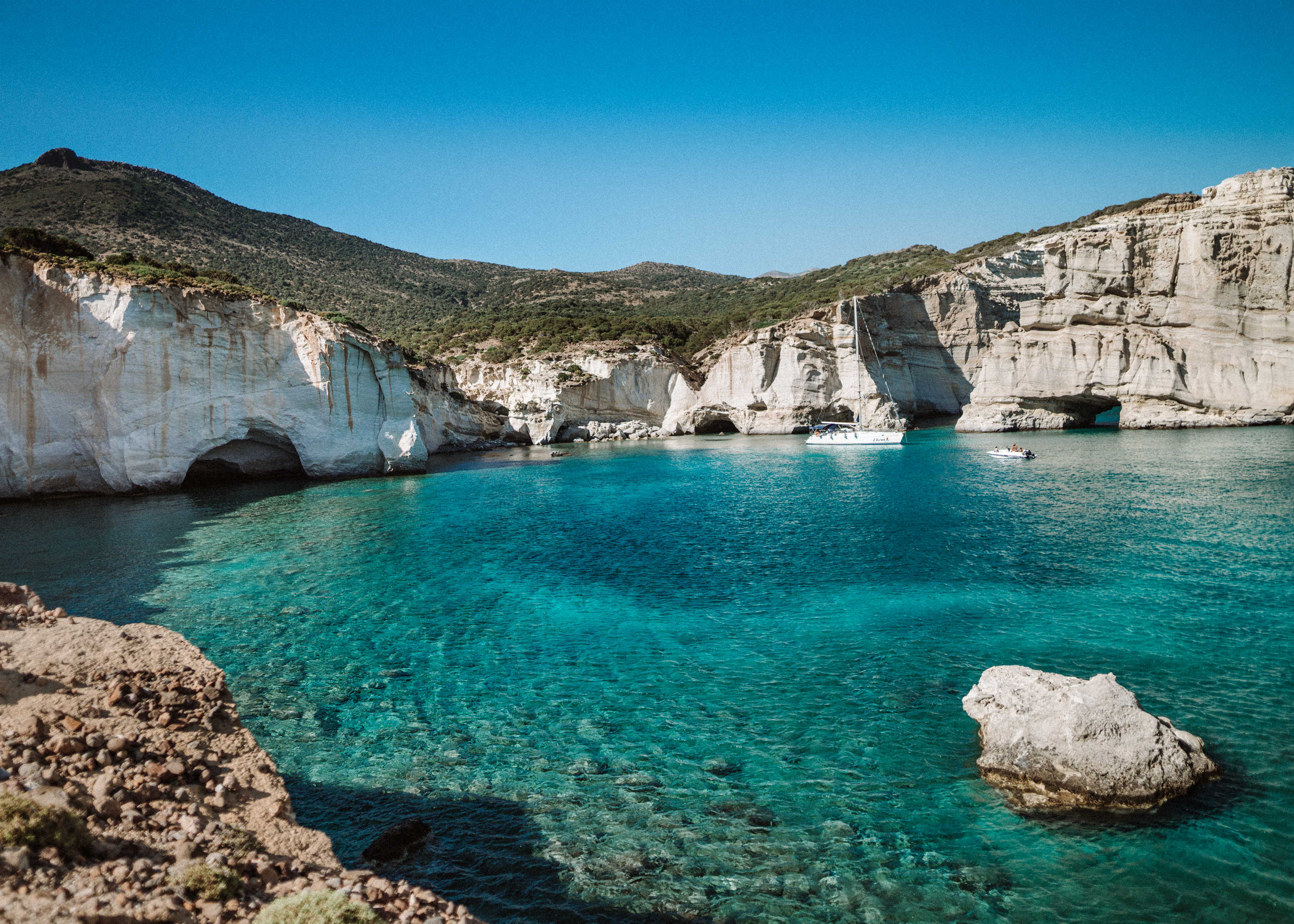
While Milos has been gaining in popularity over the past few years, the island is still so incredibly magical, wild, and with so much room to roam away from any crowds. Famed for its surreal, lunar landscapes at Sarakiniko Beach and the technicolor fishing village of Klima, Milos offers all the visual drama of the Cyclades without the chaos. With over 70 beaches - from the bright turquoise cove at Firiplaka to the cave-sheltered waters of Kleftiko, only accessible by boat - this island is made for exploration.
It's smaller, quieter, and better suited for slow travel than its over-touristed sisters. There are no cruise ships crowding the harbor, and most visitors are independent travelers, not packaged tour groups.
Base yourself in a minimalist cliffside villa or family-run boutique stay in Pollonia, the island’s most stylish (yet still laid-back) seaside town. Rent a jeep or a 4x4 - the island’s unpaved roads mean you’ll need it - and spend your days hopping from hidden beach to hidden beach, with long lunches in taverna courtyards and golden hour dips in empty coves.
The seafood is impeccable - think grilled octopus, ouzo, and just-caught red mullet - and the pace is glacial. Even in August, Milos stays blissfully calm, still flying under the radar of the mass tourism that has consumed much of the Greek islands.
Check out my guide to Milos's best beaches here.
5. OR for a truly hidden gem, Karpathos, Greece
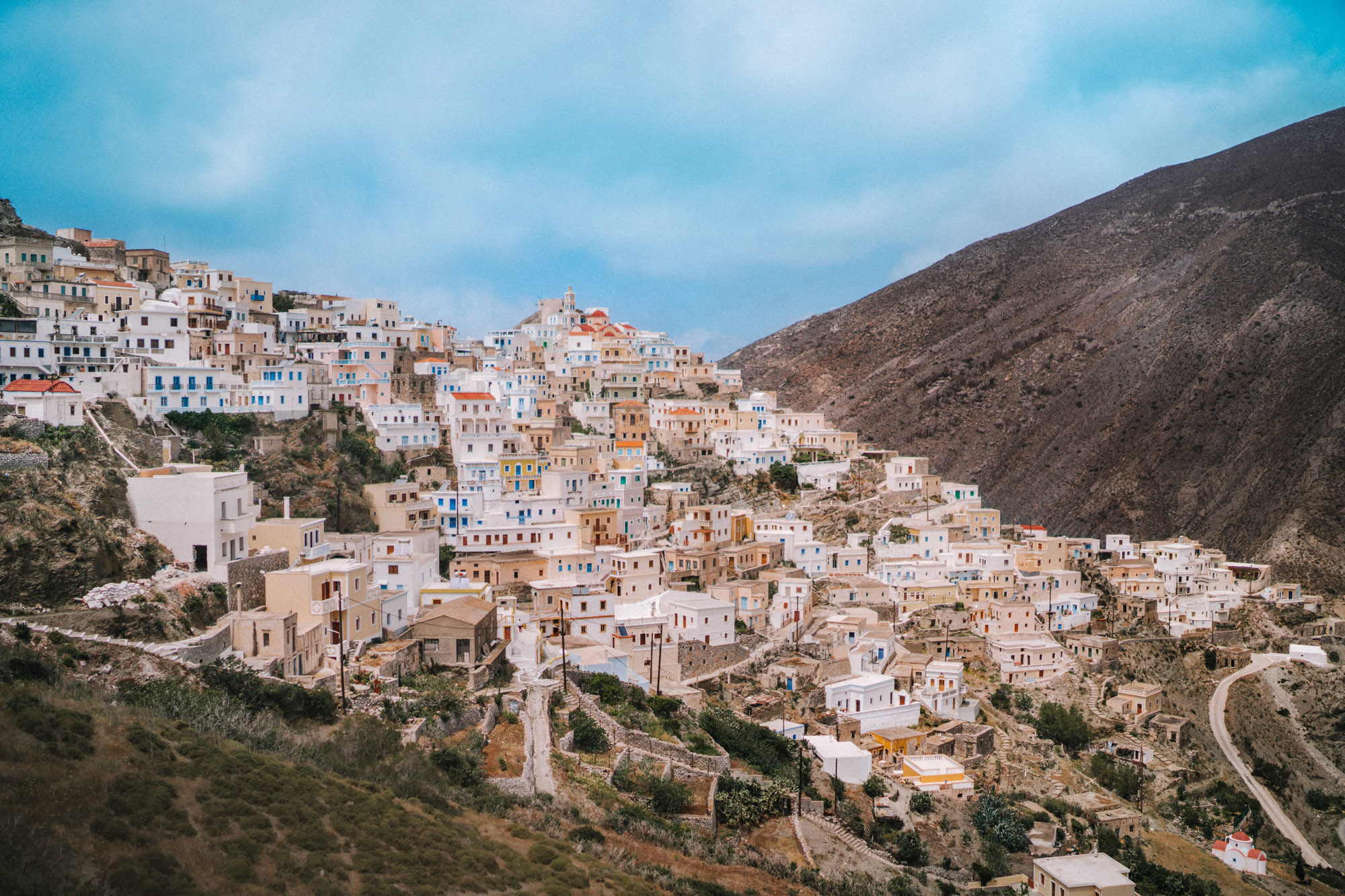
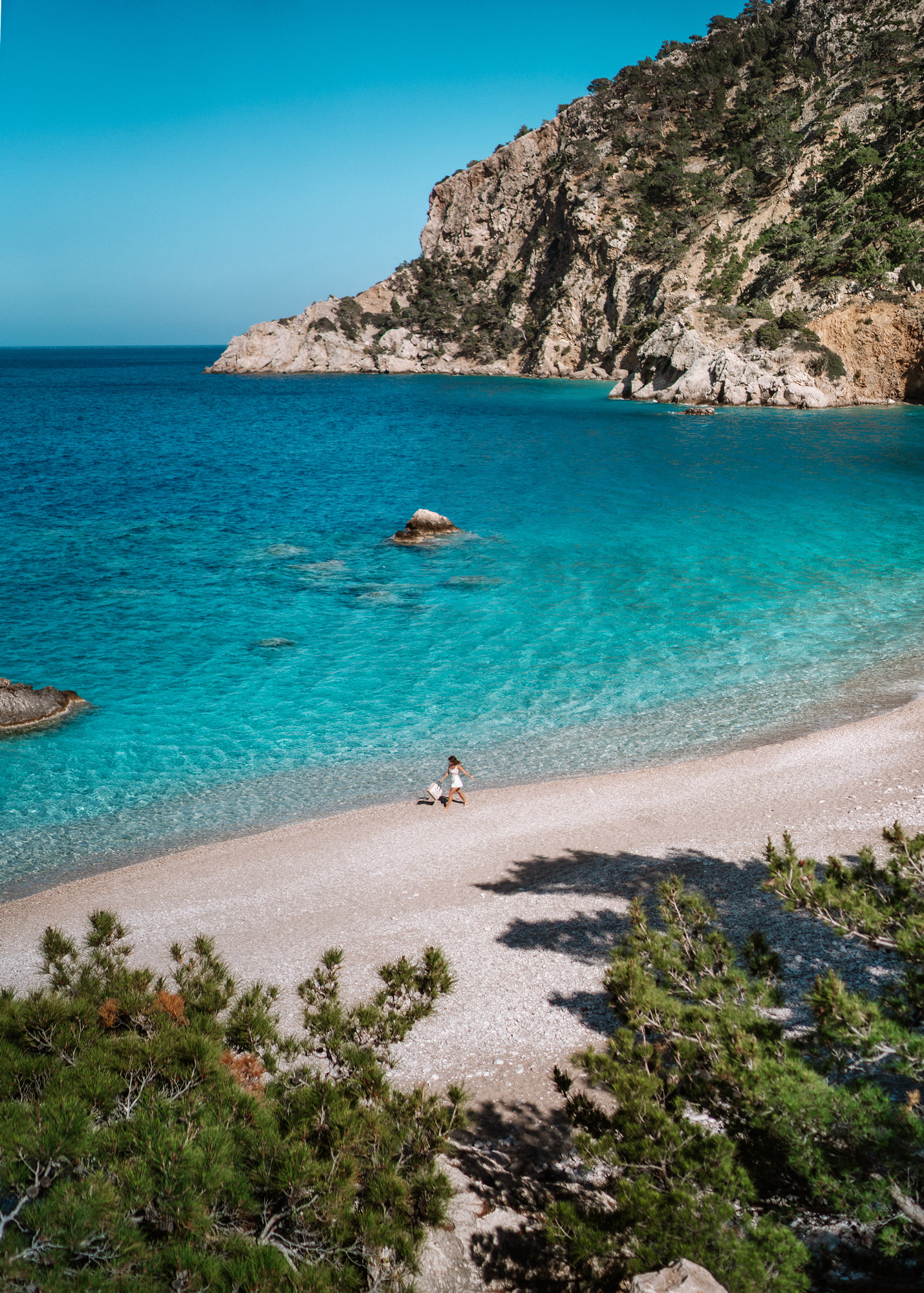

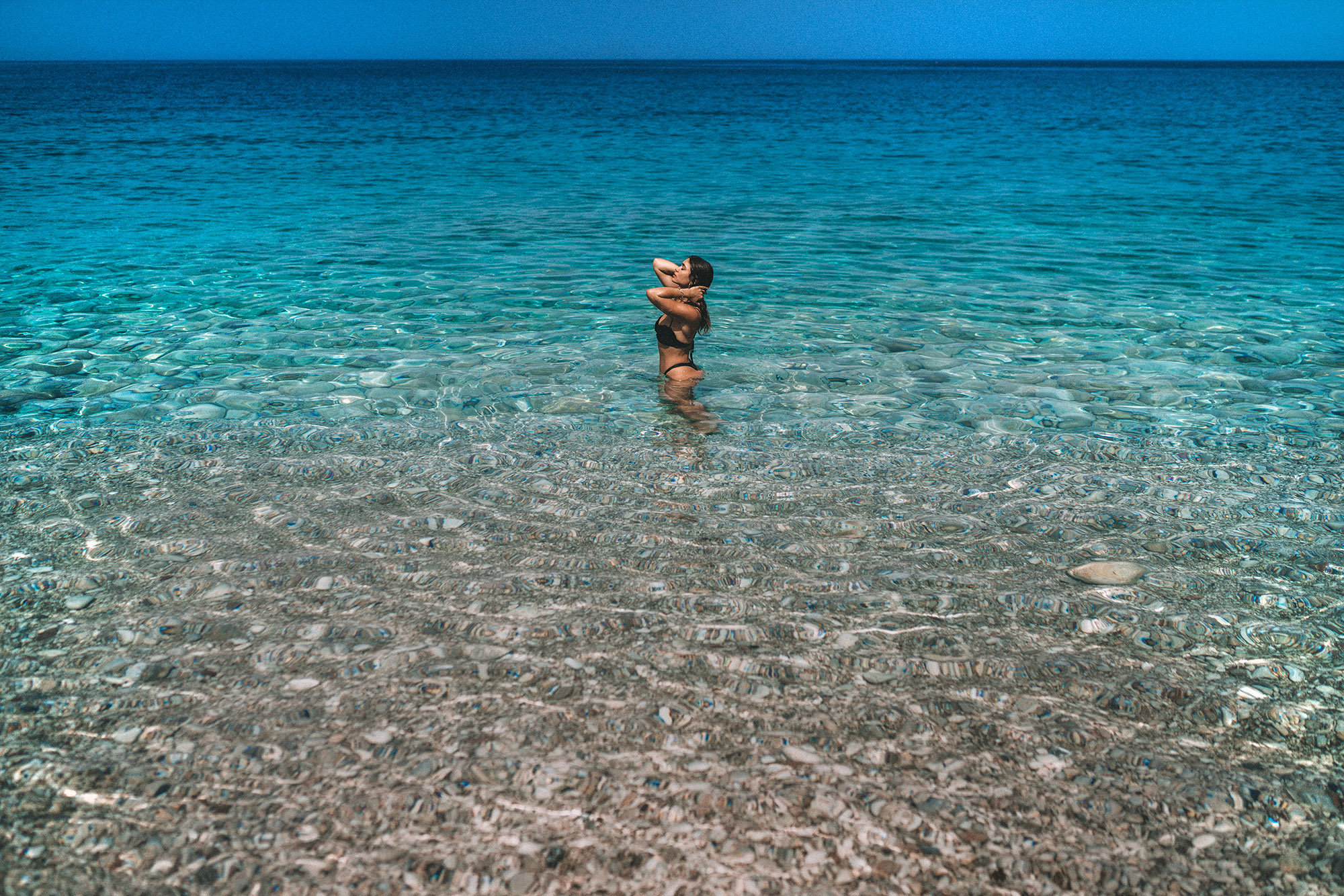
Karpathos sits farther south in the Dodecanese, tucked between Crete and Rhodes, and still feels largely undiscovered by mass tourism, I don't think we heard a single other American accent in our week here.. The island’s landscape is wind-carved and elemental, defined by sheer cliffs, twisting coastal roads, and a rugged interior where goats outnumber people. Its cultural heartbeat is strongest in the mountaintop village of Olympos, where women still wear embroidered traditional dress and local dialects persist - a living relic of older Greece preserved by isolation.
Beaches here stretch in wide, empty arcs of brilliantly turquoise water, many only accessible via dirt roads, hiking paths, or by boat - like Apella, with its pine-shaded cliffs and marble-pebbled shore, or the windswept curves of Kyra Panagia. The terrain demands effort, but that effort guarantees solitude. The roads throughout the island are not for the faint of heart, narrow and endlessly winding up and down cliffs.
This is a place for long, slow drives past stone terraces and fig trees, for fish still wriggling on the grill in harbor tavernas, and for watching the Aegean churn from a hillside balcony with no one else in sight. There’s hiking, windsurfing (especially in the famed gusts of Afiartis), and beaches where time disappears. For travelers chasing a deeper quiet and a rawer form of luxury, Karpathos delivers exactly that - untamed, windswept, and still entirely its own.
6. Cassis, France - Cliffside Calm on the Côte d’Azur
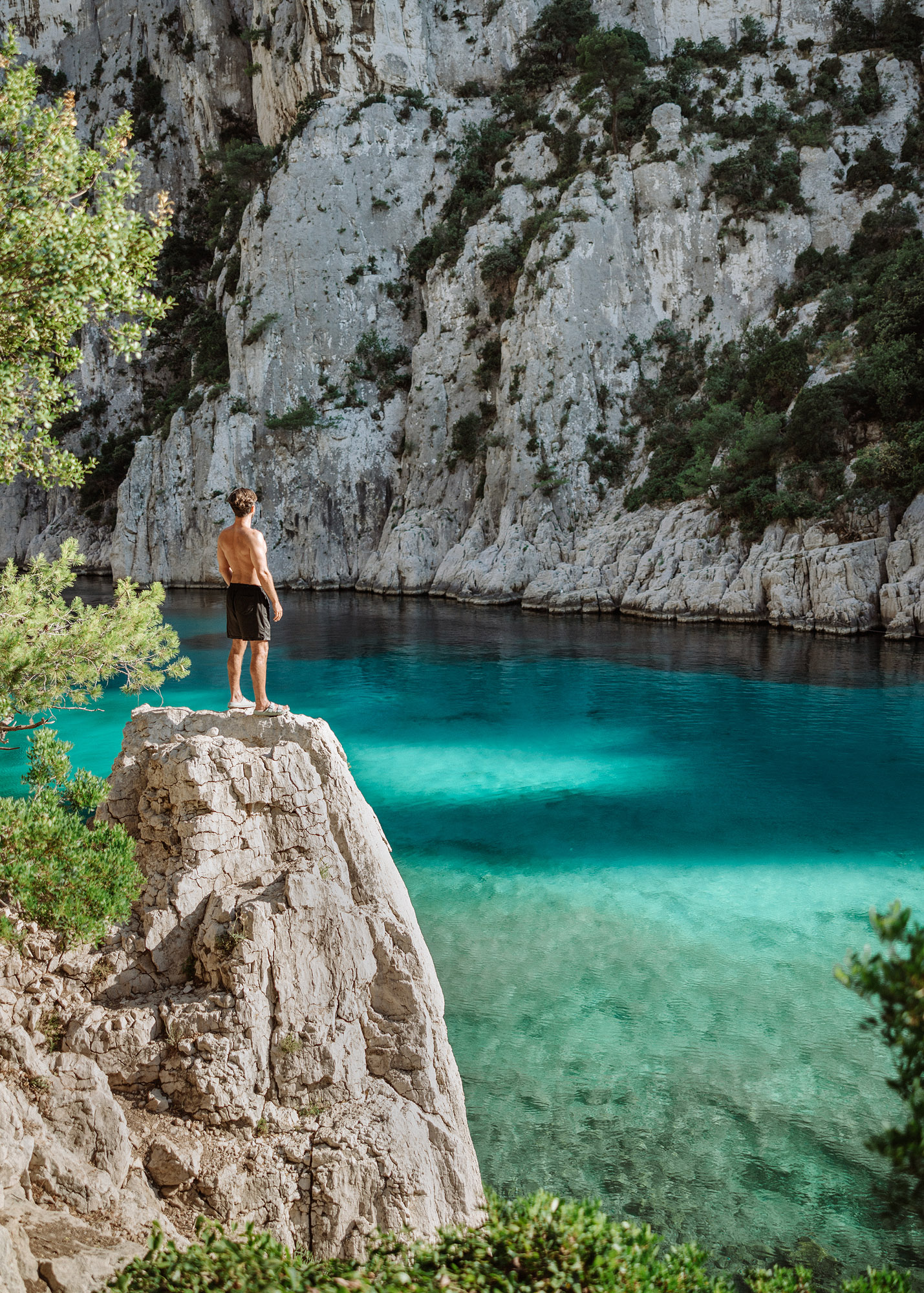
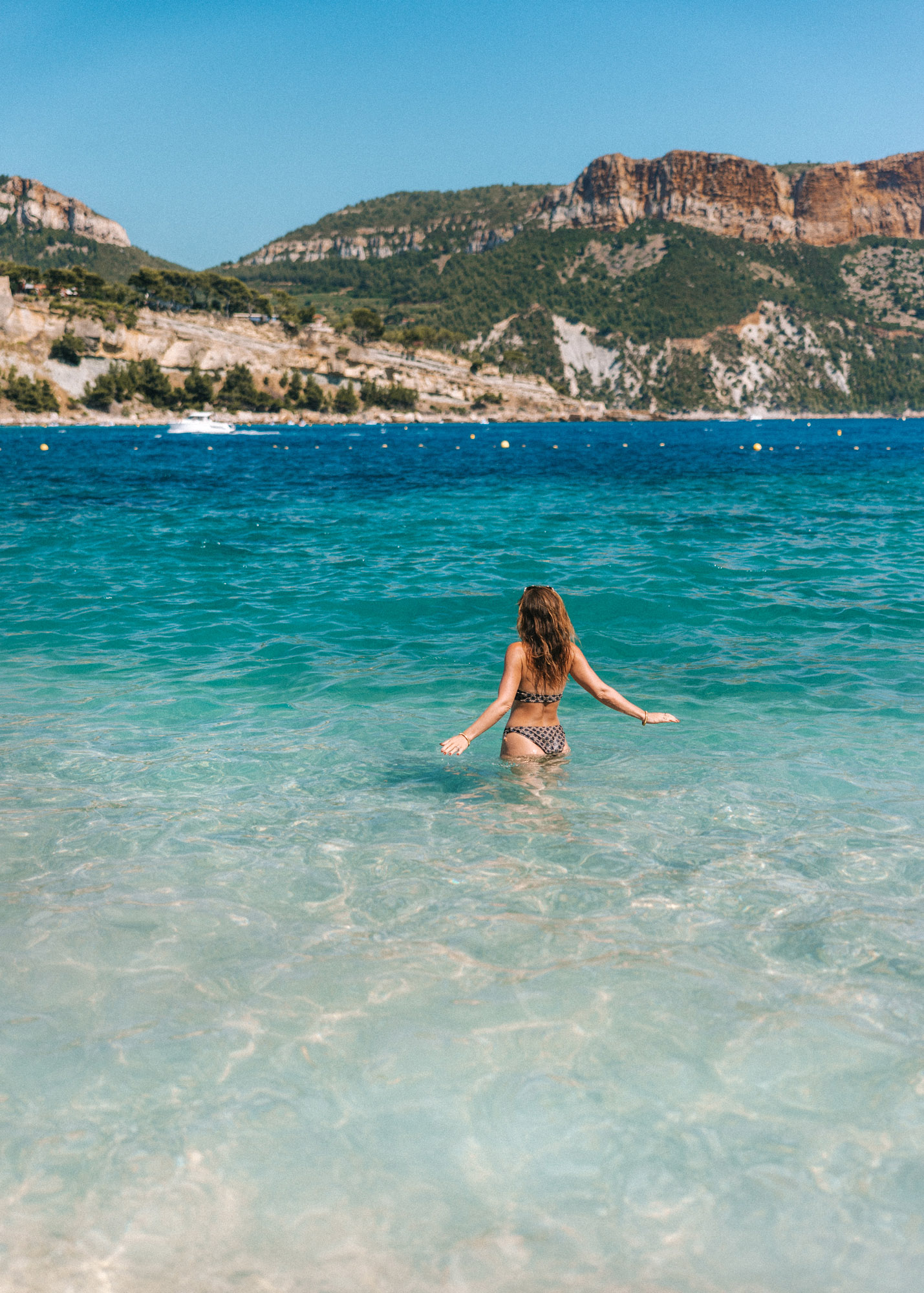
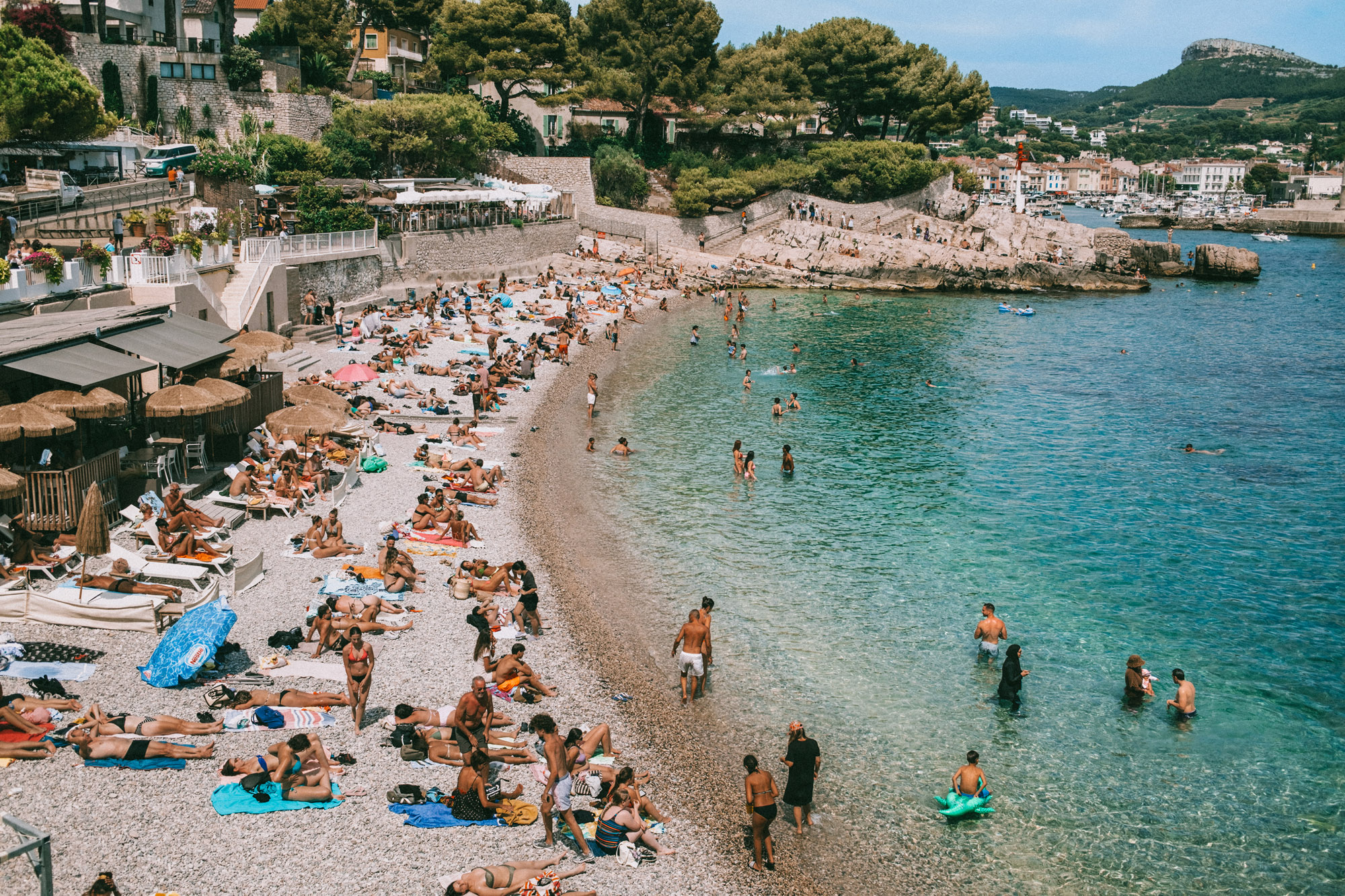
Rather than battling the chaos of Nice or the scene of Cannes, head east to Cassis, where the French Riviera softens into something quieter, calmer, and arguably more beautiful. This small port town sits between the steep limestone cliffs of the Calanques National Park and the rolling vineyards of Bandol wine country, offering an entirely different take on the Côte d’Azur - one rooted in natural beauty and everyday life rather than spectacle. We were here over Bastille day in an ocean-facing apartment, and were treating to the best fireworks show of our lives.
The harbor is framed by candy-colored facades and anchored fishing boats, with seafood bistros serving catch-of-the-day and Provençal rosé by the carafe. The town has just enough - a morning market, a handful of boutiques, a golden-hour promenade - but remains refreshingly devoid of pretense. Hike the cliffs to reach the turquoise coves of Calanque d’En-Vau and Port-Pin, or charter a small boat to swim in the inlets with no crowds in sight. The water here is glacial clear, cut from the cliffs in narrow fjord-like slivers that feel entirely out of place in southern France.
Come late afternoon, locals trickle into the waterfront cafés for apéro, the scent of bouillabaisse drifts from open kitchens, and the masts in the marina catch the last golden light. Cassis is the Côte d’Azur without the pretense - intimate, grounded, and quietly dazzling.
Check out my guide to the best beaches in Cassis and the French Riviera here.
7. Sevilla, Spain - Heat, History, and Deep Cultural Immersion
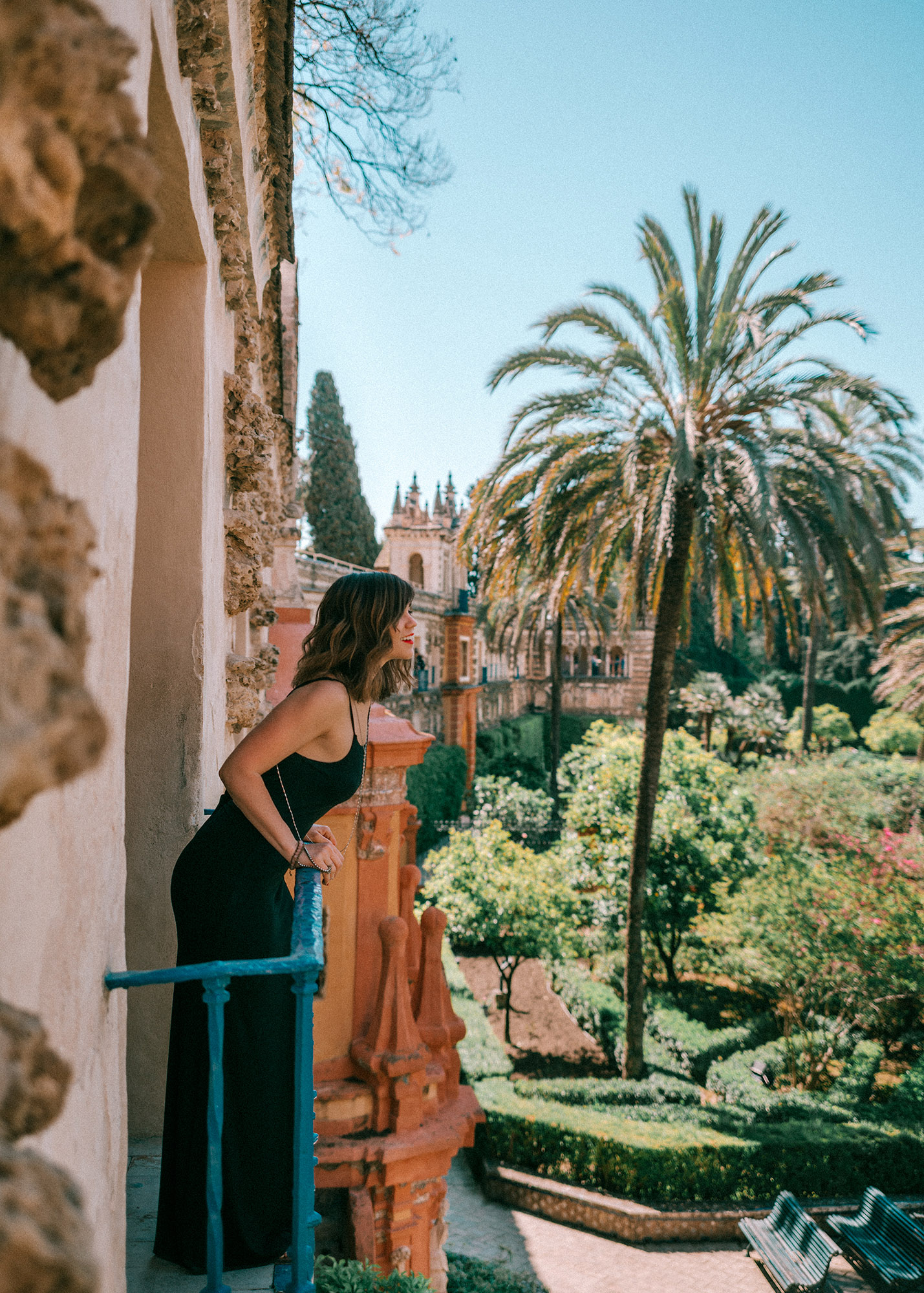
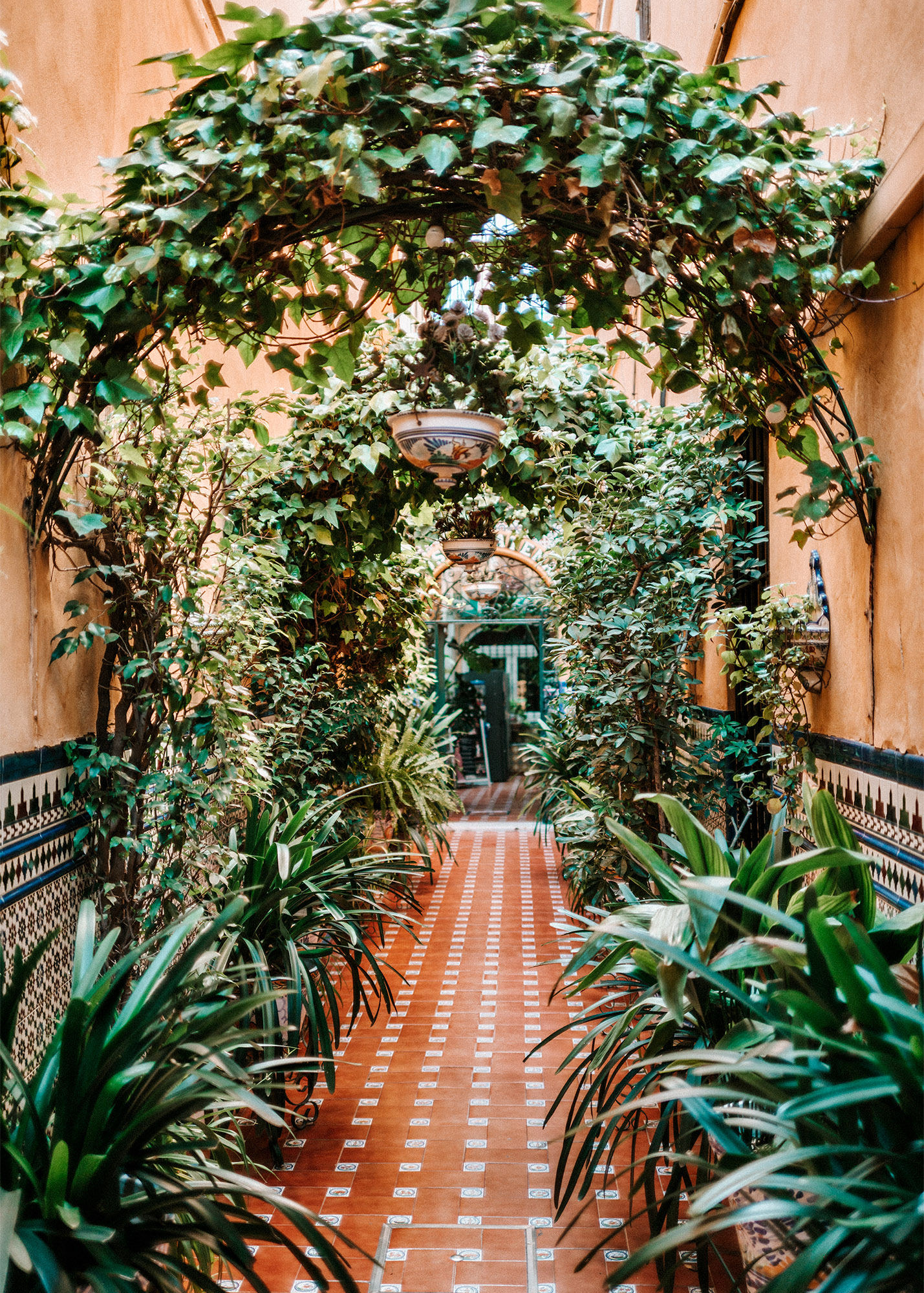
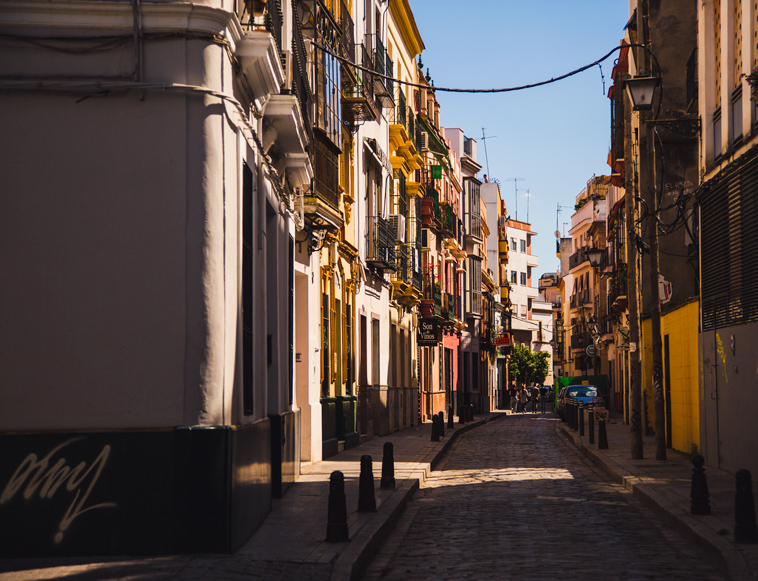
While it doesn’t fly under the radar in a traditional sense, Seville/Sevilla remains one of the most emotionally immersive cities in Europe - often overlooked by luxury travelers who chase the coastlines and capitals instead.
The city pulses with soul and sensory richness. Orange blossoms line the streets, flamenco dancers tap their heels in shadowy courtyards, and centuries of layered history echo through its palaces and plazas. Here, luxury isn’t defined by logos but by lingering over tapas in a sunlit square or booking a private room in a restored Andalusian palace where arches, mosaics, and marble feel like remnants of another time.
Sevilla doesn’t rush to impress - it lingers, seduces, and leaves you wanting to stay far longer than you planned.
See my Complete Sevilla Travel Guide here.
8. Korčula, Croatia - Island Sophistication Without the Spotlight
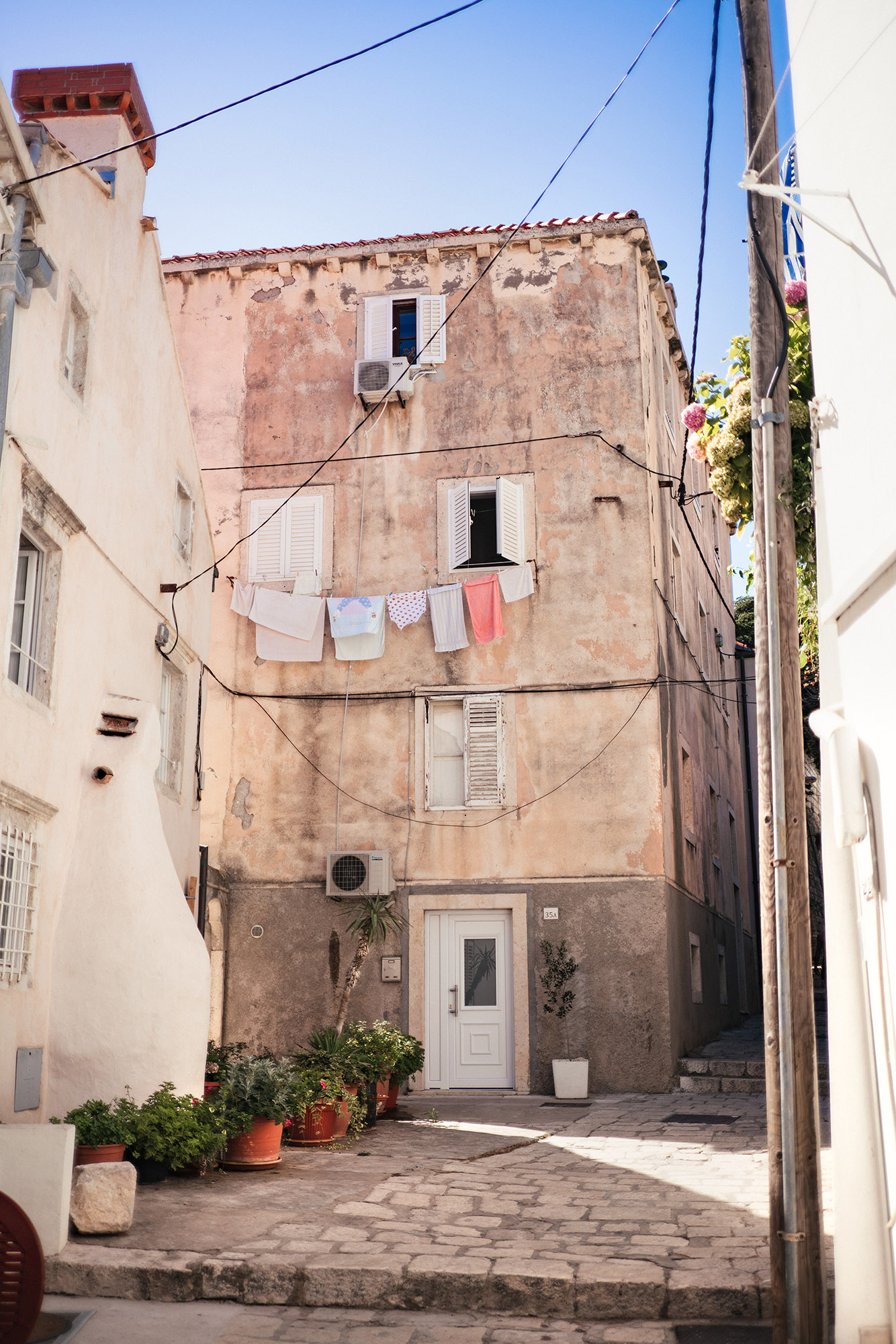
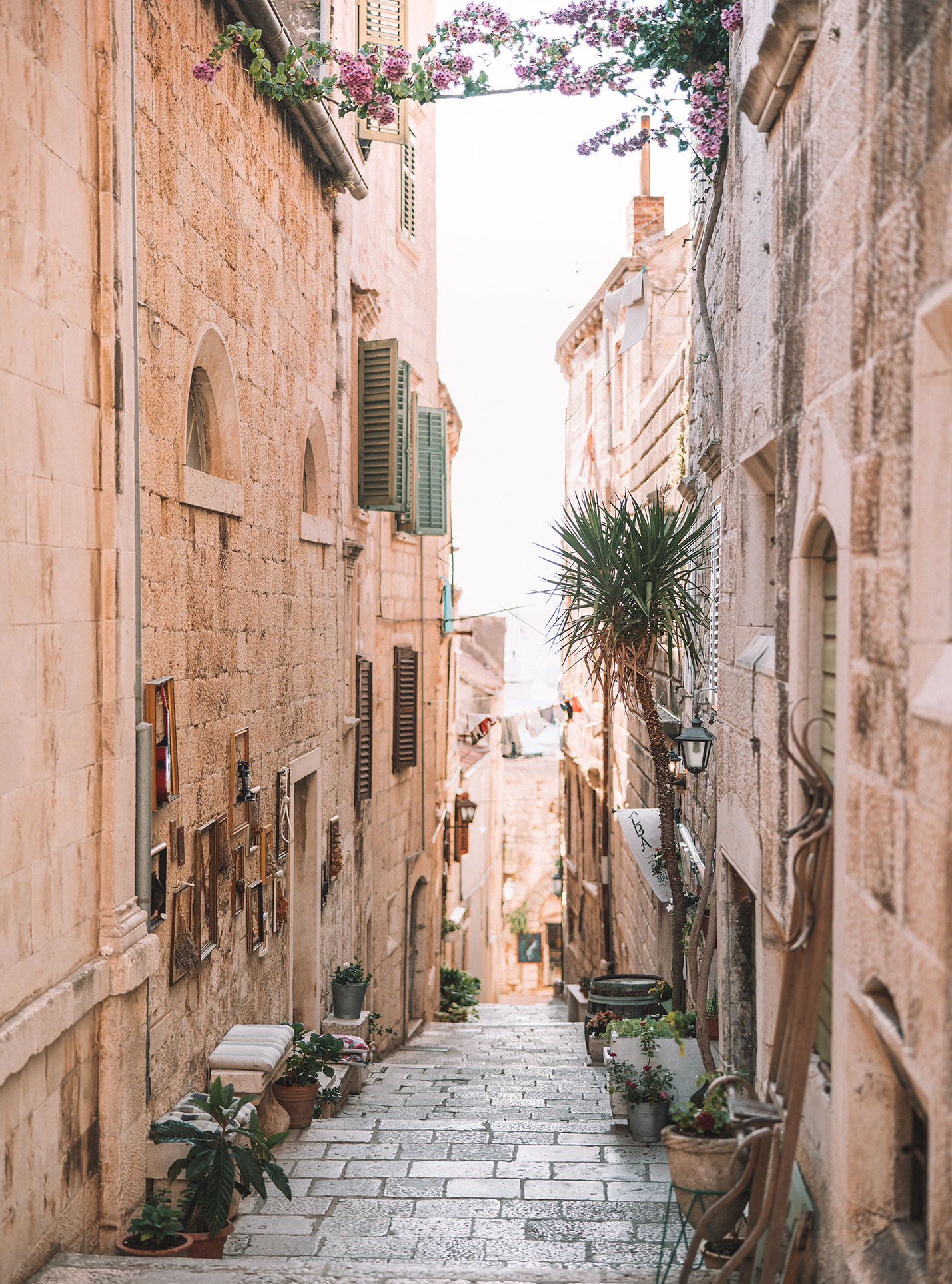
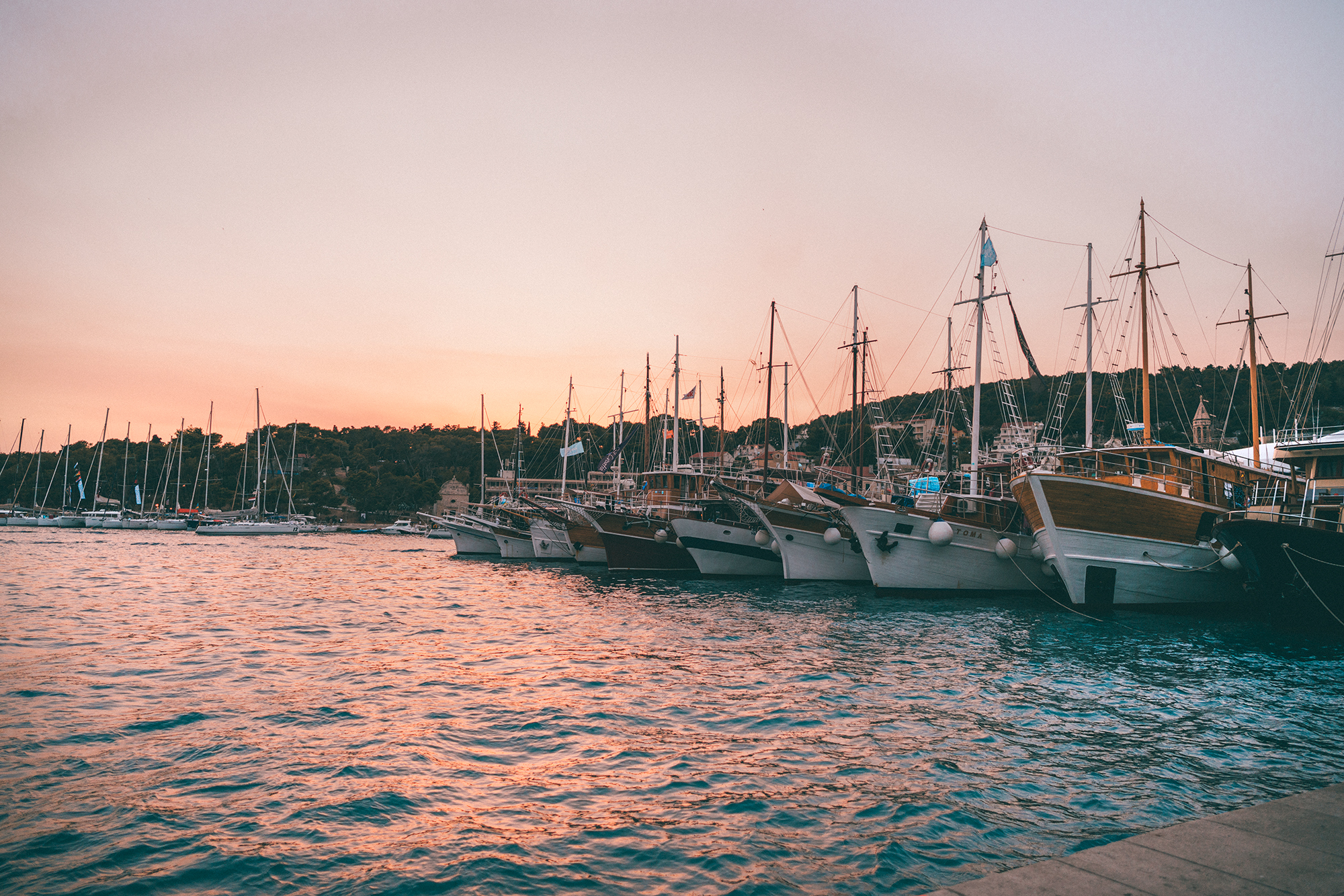
Often overshadowed by Hvar and Dubrovnik, Korčula offers a more grounded, more graceful version of Croatia’s Dalmatian charm. The Old Town feels like a miniature Dubrovnik, all terra-cotta rooftops and stone alleyways overlooking a turquoise channel, but without the cruise crowds or inflated menus.
Here, luxury comes in quieter forms - long dinners by the sea in family-run konobas, sailboats anchored in empty coves, and boutique hotels housed in 15th-century palaces. Vineyards stretch inland toward the hills, producing crisp Pošip wines you’ll rarely find outside the region. Whether you base yourself near the medieval walls or in a secluded beachfront villa, Korčula offers that rare balance of culture, cuisine, and calm.
It’s a place that manages to feel both discovered and deeply personal, refined, but never trying too hard.
See my Croatia Travel Guide here.
9. Malta - Layered History and Limestone Luxury in the Mediterranean
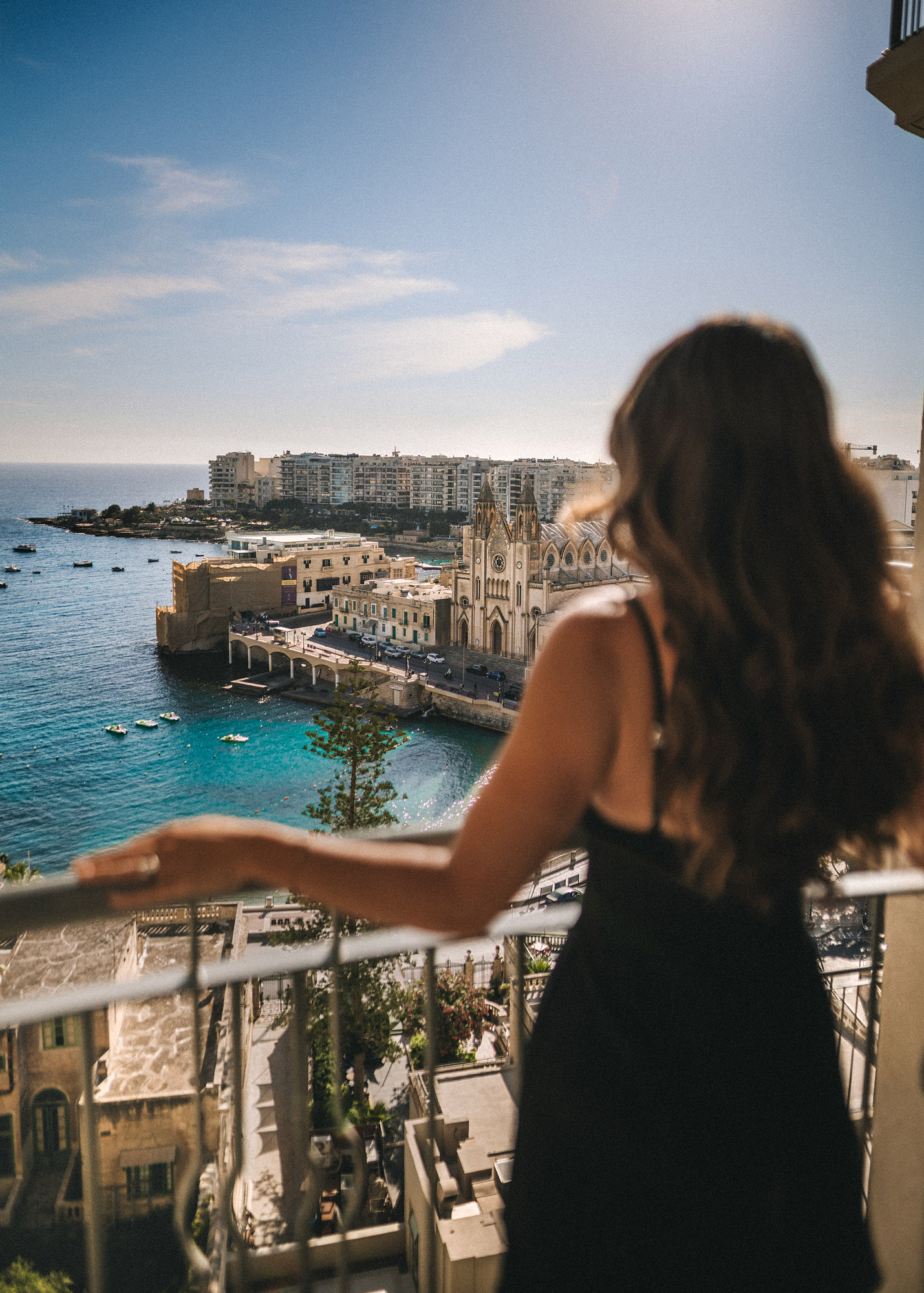
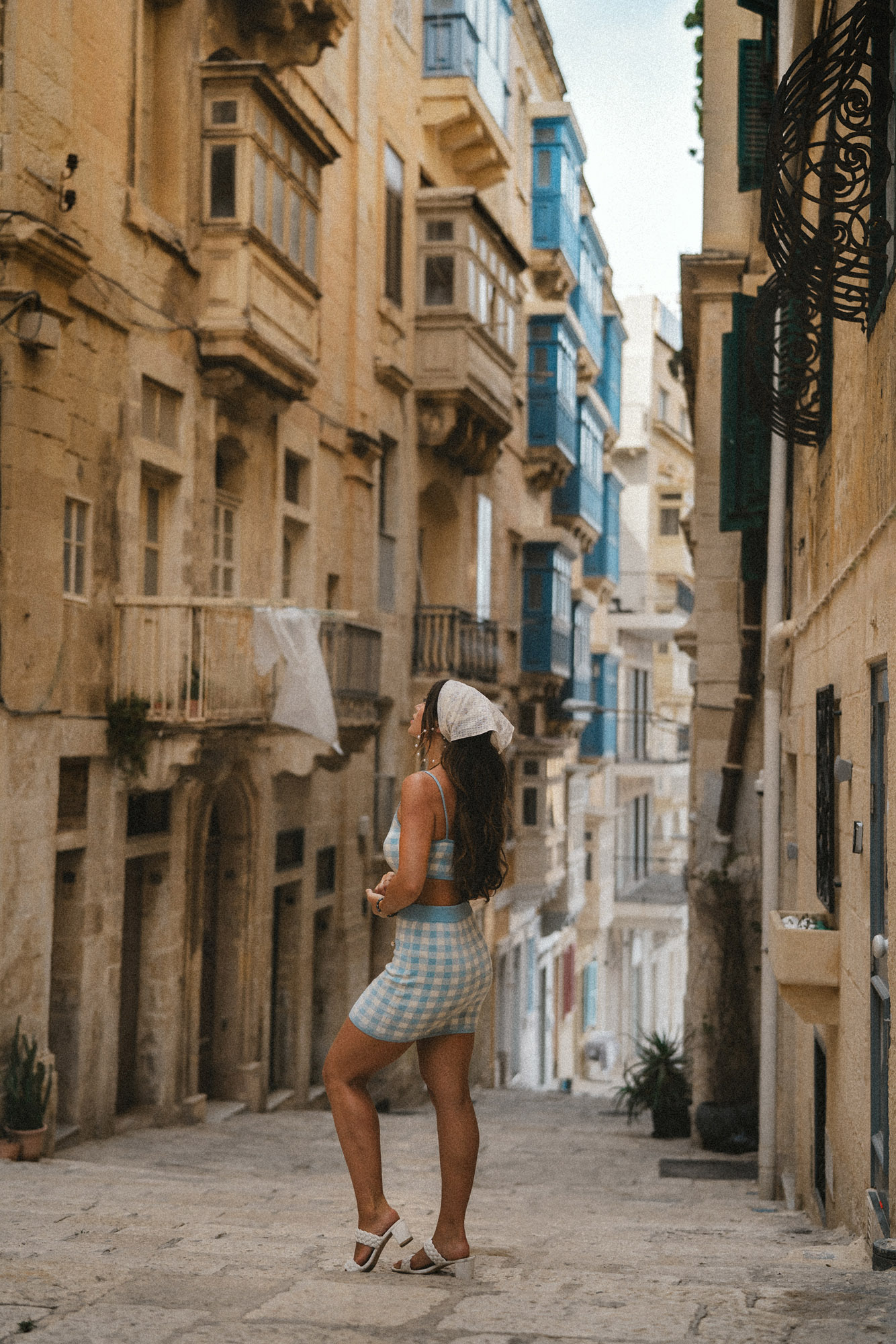
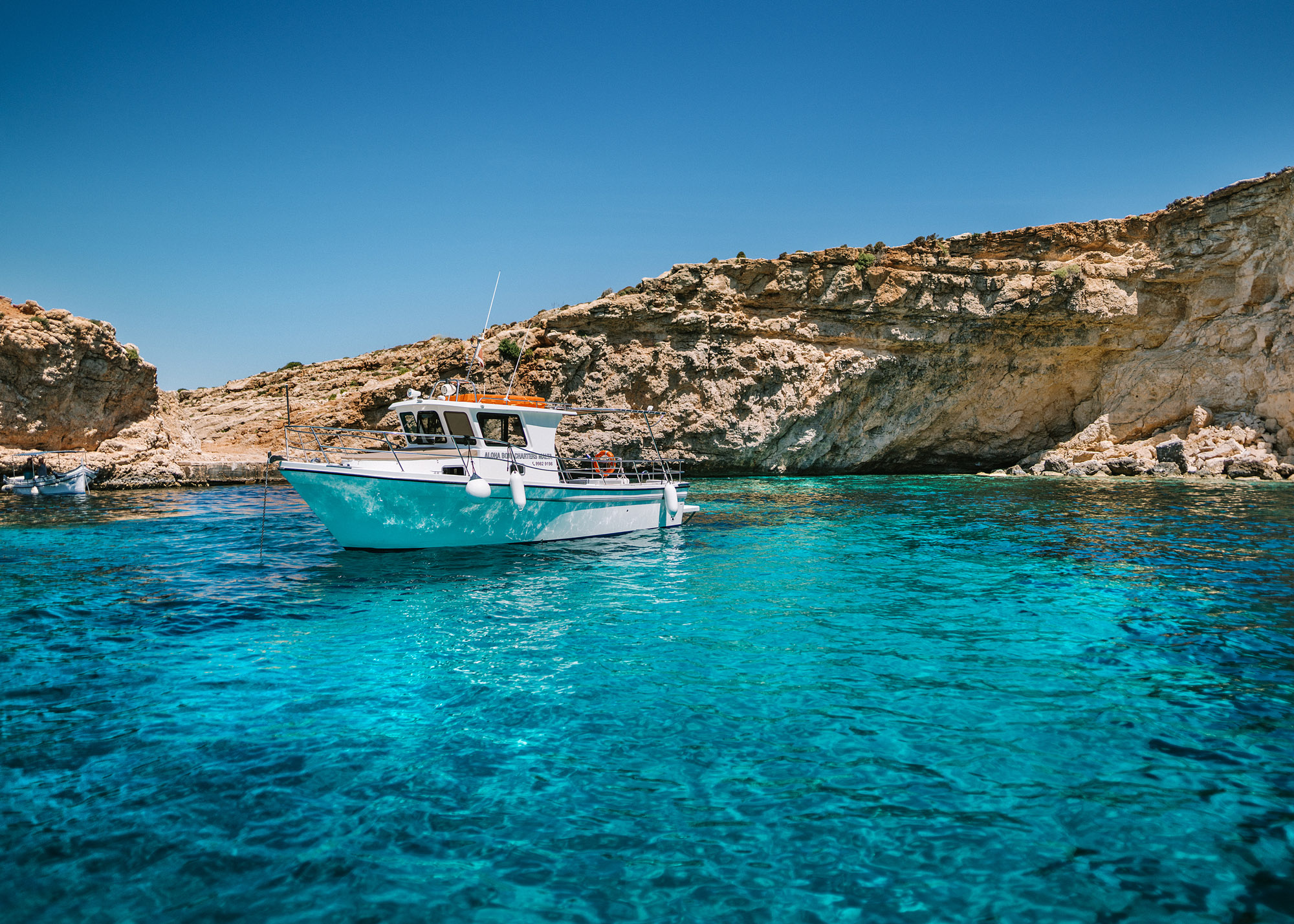
Malta sits at the crossroads of Europe and North Africa, and everything about it feels like a convergence of civilizations. The architecture is fortress-like and golden; the sea, electric blue; the energy, complex and cinematic. This is a destination that wears its history in the open - from ancient temples older than the pyramids to silent cities built by the Knights of St. John.
Valletta is the heart, with crumbling facades, domed cathedrals, and balconies stacked like dioramas. But true luxury lies just outside the capital - in restored farmhouses in Gozo, cliffside boutique hotels carved into limestone, and private boats drifting between hidden swim spots. The food scene is rooted in bold Mediterranean flavors with subtle Arabic inflections, and the local wines, especially from Gozo, are still one of Europe’s best-kept secrets.
Malta’s luxury is textured, deeply layered, and unlike anywhere else on the continent.
Check out my Malta Travel Guide and Itinerary here and my Malta Photography Guide here.
10. The Wild Atlantic Way, Ireland - Rugged Luxury at the Edge of the World


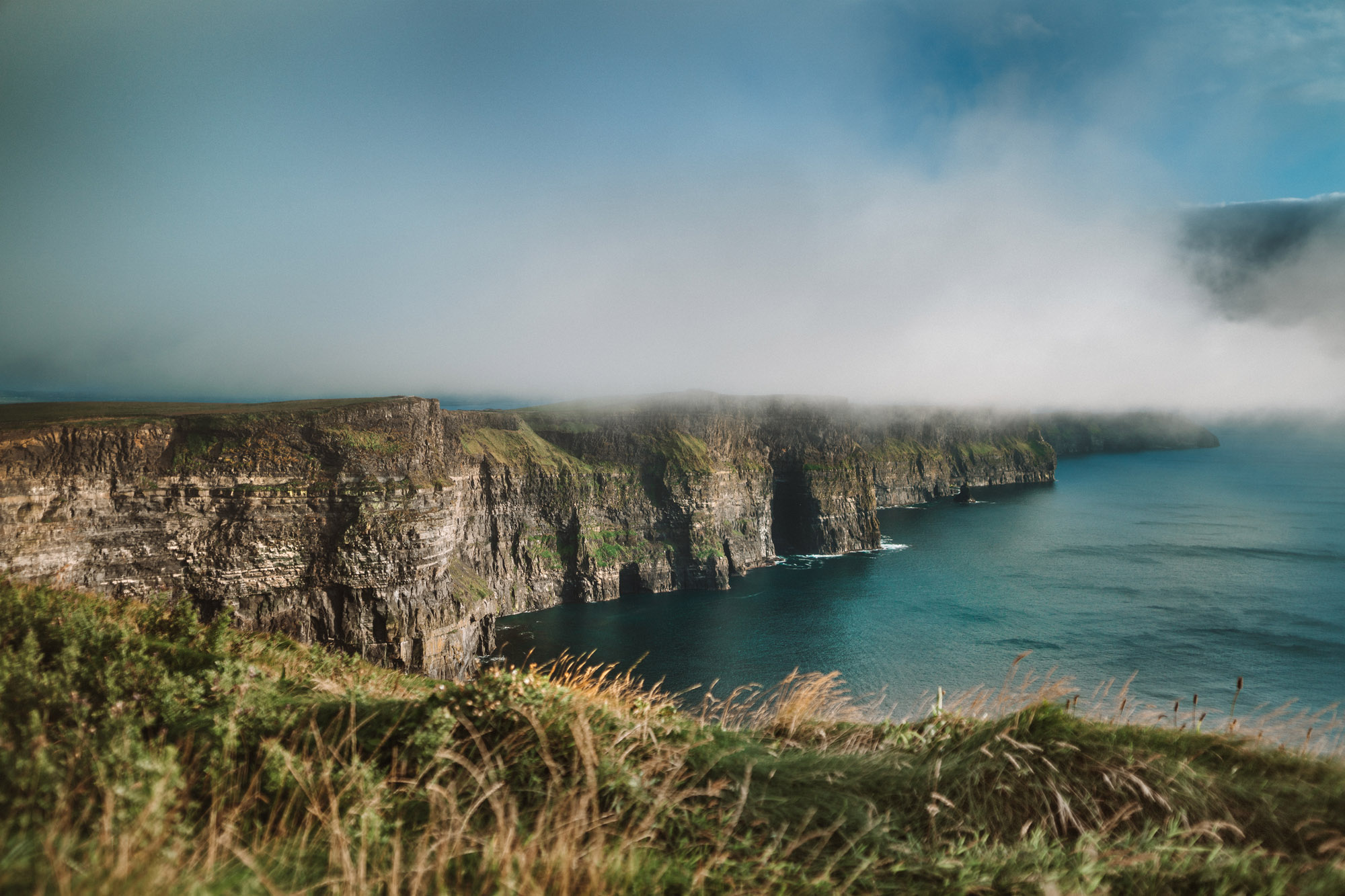
The west coast of Ireland doesn’t typically come to mind when imagining a European luxury escape - but that’s exactly why it should. Stretching over 1,500 miles from Donegal to Cork, the Wild Atlantic Way is less a road trip and more a meditation on space, solitude, and dramatic, weather-swept beauty.
Here, the luxury isn’t showy. It’s elemental. Think glass-walled lodges perched above sea cliffs, stone manor houses with peat fires crackling through the fog, and dinners that last for hours - oysters pulled from the bay that morning, lamb raised on windswept hillsides, pints poured slowly in candlelit pubs where time seems to disappear.
Connemara, the Dingle Peninsula, and the coastline of County Clare offer some of the most cinematic landscapes in Europe - jagged cliffs, moss-covered ruins, and beaches where the only sound is wind through the grass. For those who crave depth over dazzle and connection over convenience, the Wild Atlantic Way is a place where luxury meets the raw, unfiltered edge of nature.
Like this post? Pin it for later and share it with others!


xx


